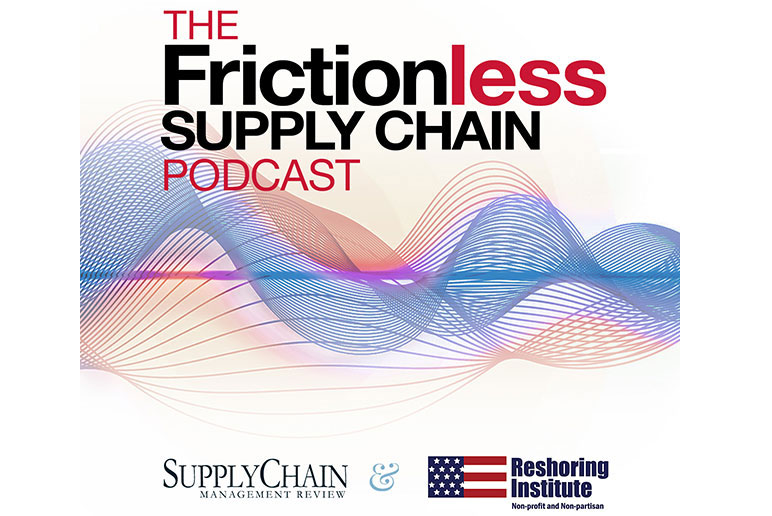A few years ago, a friend of mine was seated next to the defensive coordinator for the Pittsburgh Stealers at a fund raiser. As a native of western Pennsylvania who grew up in the glory days of the Steel Curtain, this was a little like sitting next to a rock star. Now, everyone knows that pro defenses have gotten incredibly complex over the years, so, my friend wanted to know when the coordinator goes to camp in the summer, what's the first thing he works on? New formations? Trickier pass rushes?
The answer was: “None of that stuff. We work on the three point stance?”
Now, given that most pro ball players have been at the game since they were in grade school, my friend was astonished. But, as the defensive coordinator explained, a good defense begins with the basics and there's nothing more basic than the three point stance. Plus, when you've played the game for so long, it's easy to take things for granted and develop bad habits. So, every training camp, it's back to basics.
I was thought about that story today in Washington, D.C., which is the first day of APICS 2016. Over the years, supply chains, like NFL defensive, have become ever more complex, a trend that is not likely to end as we do more in the future with Big Data, disruptive technologies and the Internet of Things. And yet, the supply chains that truly succeed will be those that excel at the supply chain's equivalent of the three point stance.
At a packed morning session, Tim Rowell, a supply chain senior manager with PepsiCo, described the snack and beverage giant's approach to supply chain resiliency for two products: Coconut water and smoothies. Both products involve long supply chains because the raw materials, like coconuts, are grown in southeastern Asia. Some of the packaging materials were manufactured in Eastern Europe. Since these are considered “good for you products,” PepsiCo is not only managing the raw materials but a number of certifications, such as Fair Trade and Non-GMO. Add to this that the products have seasonal peaks in demand that may overlap with the typhoon season in some agricultural areas and that the finished goods have relatively short shelf lives, and you get a sense of the balancing act that goes on. Yet, Rowell said one of his team's biggest challenges was pretty basic: Determining the right inventory level to satisfy sales' customer service goals and finance's cash objectives. It doesn't get more basic than inventory management.
What about that Big Data thing? While many companies are trying to collect more supply chain data than ever for decision making, it's not always good or reliable data. That was the message from Jack Cook, a professor at SUNY Brockport and Rebecca Cook (no relation), and executive with Intel. The companies that will win the data wars, are those that take a step back and develop a plan for collecting good data that helps them meet their business objectives.
As you think about your supply chains and your manufacturing, transportation and distribution processes, are you trying to run a complex defense? Or, are you first taking a step back and making sure you excel at the three point stance?
SC
MR

Latest Supply Chain News
- Unlocking retention: The role employee engagement plays
- Can supply chain managers embrace an entrepreneurial mindset?
- Challenges to ESG reporting
- With capacity to spare, logistics real estate demand remains subdued
- Tariffs, taxes and trade: The impact of Trump’s reelection on the supply chain
- More News
Latest Resources

 Explore
Explore
Topics
Latest Supply Chain News
- Unlocking retention: The role employee engagement plays
- Can supply chain managers embrace an entrepreneurial mindset?
- Challenges to ESG reporting
- With capacity to spare, logistics real estate demand remains subdued
- Tariffs, taxes and trade: The impact of Trump’s reelection on the supply chain
- How to improve demand forecasts for new product families
- More latest news
Latest Resources

Subscribe

Supply Chain Management Review delivers the best industry content.

Editors’ Picks




